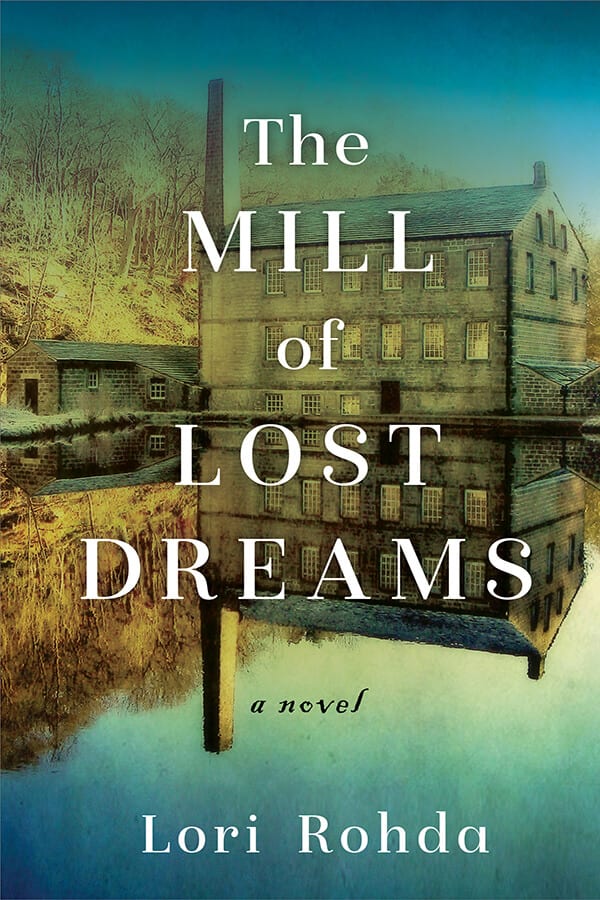WHAT IS THE HUMAN COST OF LOST DREAMS? What happens to people when they aren’t allowed to build the lives they dreamed about, or when they realize that their dreams of a better life are irretrievably lost?
Between 1870 and 1900, twelve million people immigrated to America desperately seeking safety, opportunity, and acceptance. Hundreds of thousands of them came to work in the textile mills in Fall River, Massachusetts, which by 1868 was the largest textile manufacturing center in the United States.
The Mill of Lost Dreams chronicles the intertwining destinies of three immigrant families and one eleven-year-old orphan who all came to work in the Troy Mill between 1847 and 1915: Angelina and Guido Wallabia, a young couple from a failed family farm in Italy; eleven-year-old Miranda Alysworth and her fifteen- year-old brother, Francois, who escape from indentured service in Canada; twins, Phoebe and Charles Dougherty, whose parents were Irish tenant farmers bankrupted by the potato famine, are forced into mill work when they are barely thirteen; and Anne Kenny, who was deposited on the steps of St. Vincent’s Orphanage in Fall River as a newborn, runs away the day after her eleventh birthday, lured by the promise of jobs in the mills along the river.
Focused on the lives of these seven characters but told with the broader lens of the American immigrant experience, The Mill of Lost Dreams is a poignant story of survival, sacrifice, and heartbreaking loss for people who simply wanted to find a place where they could belong and thrive.





